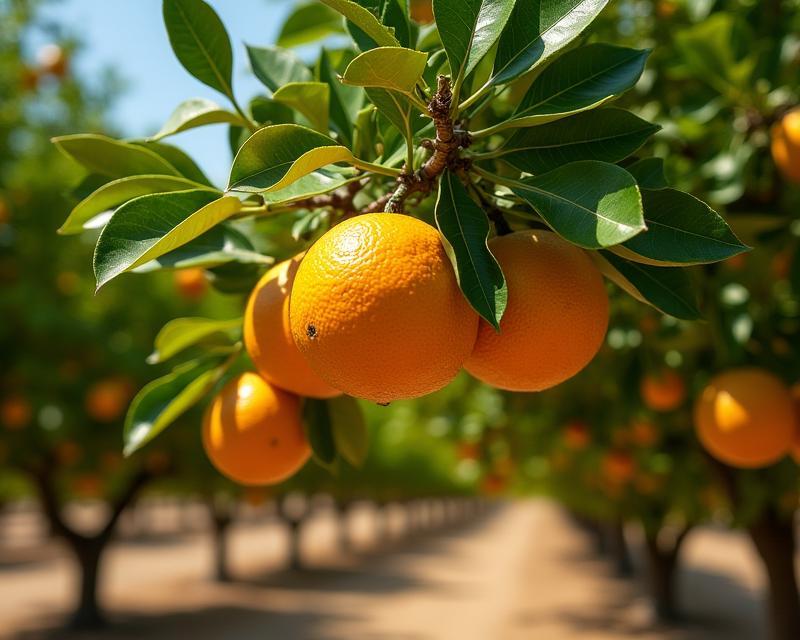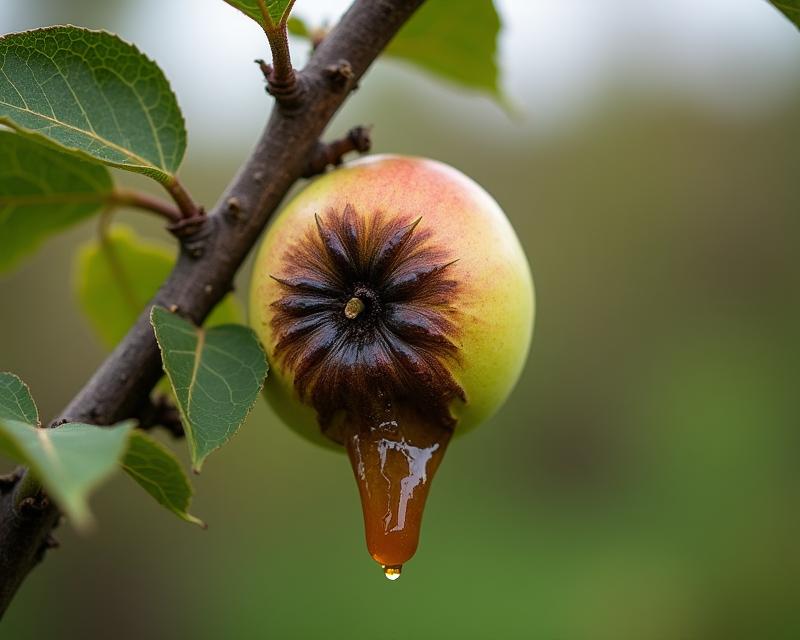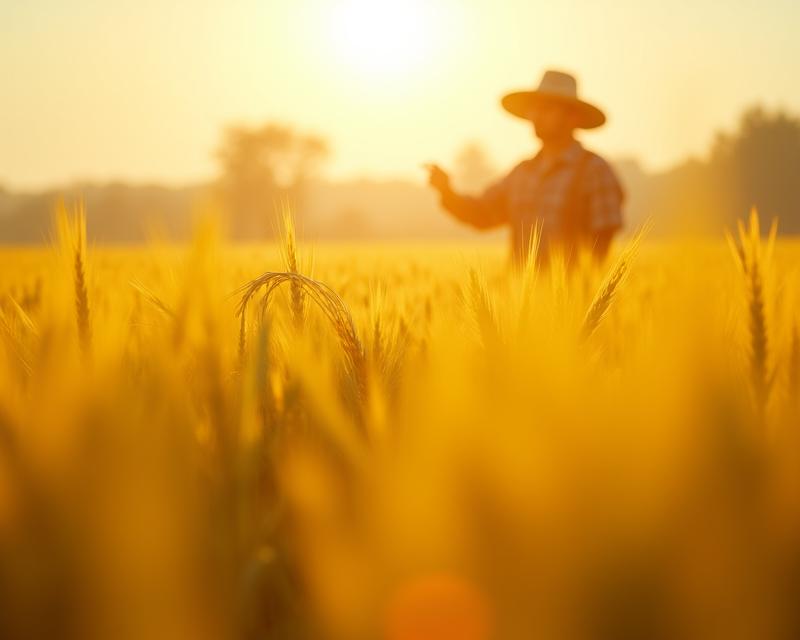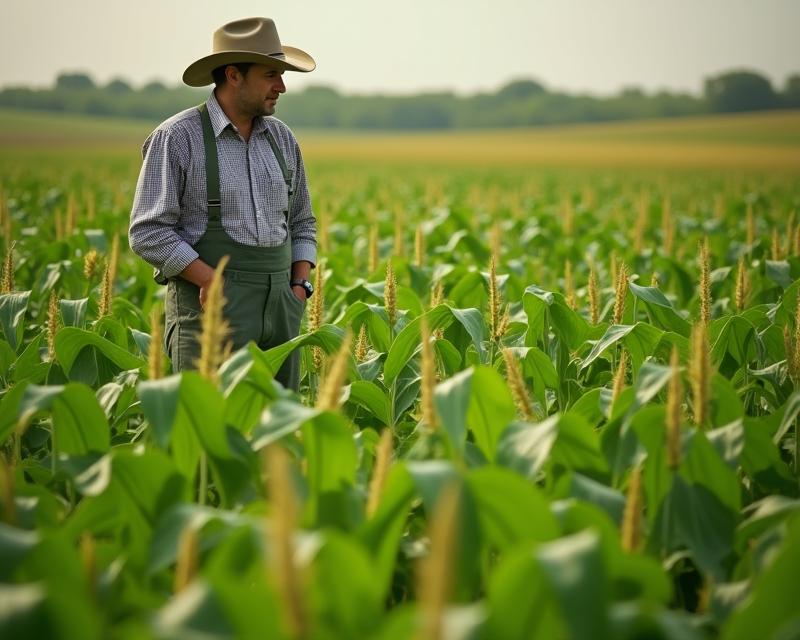Weatherproof Your Harvest: Crop Protection Strategies
Publish in Crops el 28/06/2025 22:36
Weatherproof Your Harvest: Crop Protection Strategies
Extreme weather events – from scorching heatwaves and prolonged droughts to devastating floods and unexpected frosts – pose a significant threat to crop yields worldwide. Climate change is only exacerbating these challenges, making proactive crop protection strategies more crucial than ever for farmers of all scales. Ignoring these risks can lead to substantial financial losses and food insecurity, highlighting the need for a multi-faceted approach to safeguarding your crops.

Understanding the Risks
Before implementing protective measures, it's essential to understand the specific weather risks prevalent in your region. Consider historical weather data, consult with local agricultural extension services, and stay informed about weather forecasts. Different crops have varying levels of vulnerability. For example, young seedlings are particularly susceptible to frost, while mature crops may suffer from heat stress or water scarcity. Knowing your crop's vulnerabilities is the first step towards effective protection.
Effective Protection Methods
A range of methods can be employed to mitigate the impact of extreme weather. **Irrigation systems**, including drip irrigation and micro-sprinklers, are vital for combating drought. **Mulching** helps retain soil moisture and regulate soil temperature. **Shade cloth** can protect crops from intense sunlight and heat. For frost protection, consider using **frost blankets** or employing **wind machines** to prevent temperature drops. **Crop diversification** can also help buffer against weather-related losses, as different crops may respond differently to various conditions. Finally, implementing **soil conservation practices** like terracing and cover cropping can improve water infiltration and reduce erosion during heavy rainfall events.
Investing in the Future
Protecting crops from extreme weather is not just about minimizing immediate losses; it's about building resilience for the future. Investing in appropriate farming equipment, implementing sustainable practices, and staying informed about climate change trends are all crucial steps. Exploring options like drought-resistant crop varieties and improved water management techniques can further enhance your farm's ability to withstand the challenges of a changing climate. By proactively addressing these risks, farmers can ensure a stable and sustainable food supply for generations to come.





